Description
Fundamentals of Chinese Medicine
By Nigel Wiseman & Andrew Ellis
Trade Paperback Book
ISBN 9780911111117
532 pages
&
Chinese Herbal Medicine Materia Medica: Portable 3rd Edition
By Dan Bensky
Hardcover book
ISBN 9780939616824
1311 pages, 8.00 x 10.00″
&
Chinese Herbal Medicine: Formulas and Strategies
By Volker Scheid, Dan Bensky, Andrew Ellis & Randall Barolet
Hardcover book
ISBN 9780939616831
1072 pages, 8.00 x 10.00″
This book bundle is for the TCM Hub Strategic Herbology Program with Jason Ginsberg, DACM
Fundamentals of Chinese Medicine description:
English translations of traditional Chinese medical texts rarely have conformed to the standards required of a contribution to sinology. One exception has been the first edition of Fundamentals of Chinese Medicine, a ground-breaking translation of the Zhong Yi Ji Chu Xue which demonstrated that not only was it possible to meet scholarly expectations for the translations of TCM, but that the cooperation of living Chinese speaking clinicians could reveal nuances of practice. Beyond beginner’s manuals, it gives English-speaking students of TCM a chance to appreciate the qualitative details available to their Chinese-speaking colleagues. It offers readers the rare opportunity to understand Chinese medicine, not as it is perceived by a Western writer, but as it is perceived and taught in China, because Chinese descriptions of TCM that confound Western expectations have not been expunged from the textual translation.
This revised edition incorporates experience from utilization of the work as a coursebook for teaching, not only in the West but in China. Based on the suggestion and aid of Western teachers and translators, this new, popularly priced edition features a simplified but precise English terminology, thousands of source Chinese characters, and hundreds of clinical definitions never before available in English. Contents include yin and yang and the five phases; qi, blood, essence, and fluids; the channels; the organs; diseases and their causes. Pattern identification and treatment of eight-parameter, organ, qi-blood, pathogens, and exogenous heat conditions are discussed in detail, as are the principles and methods of treatment. Illustrative acumoxa therapy has been added for Western acupuncturists.
The revised edition includes explanations of terms and an entire materia medica and formulary sufficient to practice the treatments described by the text. As such it is not only a unique, absolutely-defined and referenced text, but a self-contained and inexpensive course of study. As a basic text produced to a multi-author, multi-publisher voluntary standard, the revised Fundamentals of Chinese Medicine is a bridge between scholars and clinicians in both the East and West.
Chinese Herbal Medicine Materia Medica: Portable 3rd Edition description:
The authors of the third edition of this standard textbook have rewritten the book from top to bottom, contributing a wealth of information and practical insight on over 530 of the most commonly used herbs and drawing from a wide range of sources both ancient and modern to provide considerable additional perspective and detail. At 1200 pages, the book is more than double the size of the previous edition.
As before, the herbs are grouped in chapters by function, with expanded summaries and tables that compare and contrast them. Each herb is identified by its pharmaceutical, botanical, and family names, together with its Chinese, Japanese, Korean, and English common names. Key characteristics of the herbs are given at the beginning of each entry, along with dosage, properties, channels entered, and relevant cautions and contraindications. This provides the reader with a quick overview of the essential information.
The actions and indications of the herb are then presented, and integrated with important combinations that illustrate its various functions, with references to appropriate formulas. This provides a more three-dimensional picture of how each herb is actually used in the clinic.
A section of commentary, new to this edition, offers additional perspective and places the herb in its clinical context through rich historical references drawn from the writings of both pre-modern and contemporary scholars and physicians. The mechanisms of action underlying important herbal combinations, and comparisons with similar herbs – also new to this edition – provide a deeper context for understanding how the herb can be used in the clinic with optimal effect.
Another innovation is a section devoted to nomenclature and preparation. This includes information on the commonly-used names for the herb and historical background. It also describes the most important methods of processing and preparing the herb, with advice on how and for which purpose each method should be used.
Safety is another important focus of the new edition, with an emphasis on proper herb identification. Issues surrounding standardized products, desirable qualities, variants, and adulterants – a continuing concern – have been thoroughly researched, and here they are clearly explained for each herb so that the practitioner can discern the correct herb with more confidence. There is also extensive information on herb toxicity, as well as chemical constituents.
The utility of this book is enhanced by its wide range of appendices. Among them are color photographs comparing the standard and adulterant forms of over twenty common herbs; tables identifying herbs that are indicated for specific pathologies of the five yin organs; and extensive cross references of the herbs by taxonomy, pinyin, pharmaceutical name, and other East Asian languages. A bibliography of source books provides information on over 175 books cited in the text, and an editors’ bibliography lists the dozens of books that were used in researching and writing this volume. There are also comprehensive indices of both herbs and formulas, as well as a general index. The text includes thousands of Chinese characters, and tone marks are provided for the pinyin to make identification of the terms more precise.
Chinese Herbal Medicine: Formulas and Strategies
The new 2nd edition is designed to serve as both a textbook for students and an authoritative reference for TCM practitioners. The introduction to the book traces the historical evolution of the formulas, and provides practical pointers for their preparation and use. Detailed timelines depict the key events, authors, and texts in the 2,000-year history of traditional Chinese herbal medicine, placing the contents of this book in historical context.
The text includes over 800 medicinal formulas drawn from both classical and modern sources, and more than twice the information in the first edition. For each of the 340-plus principal formulas there is a discussion of therapeutic actions and indications, an analysis of the functions and interactions of the ingredients, the method of preparation, and a list of modifications to customize the formula in the clinic. Over 460 variations and associated formulas offer additional options for the practitioner.
Formula commentaries have been considerably expanded. Here the intent is to deepen the reader’s understanding of a formula’s genealogy, present an overview of controversies regarding composition, usage, and other issues, describe the extension of a formula’s application to a wider range of disorders, and provide key clinical pointers to facilitate use of the formula in the modern clinic. A new Comparisons section has been added to help students and practitioners focus on the distinguishing characteristics of each formula by contrasting it with other formulas that are similar in terms of composition or indication. Tables at the end of each chapter reinforce these distinctions by comparing and contrasting formulas across a wider range.
Among the appendices are a pinyin-to-English cross reference to the formulas, a basic summary formulary correlated to symptoms and disorders, a full listing of all books cited in the text, and a bibliography of all modern sources used in the preparation of the book. A comprehensive index to the formulas, and a general index, round out the contents.
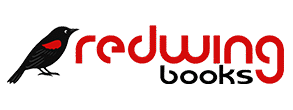
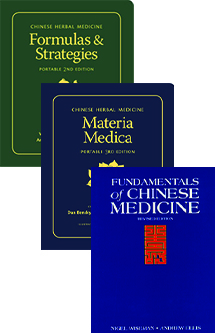
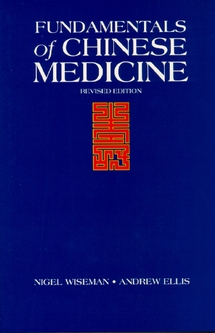
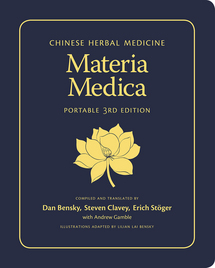
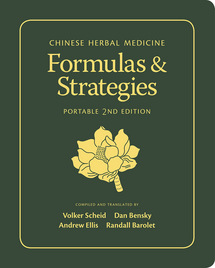
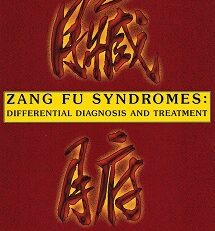
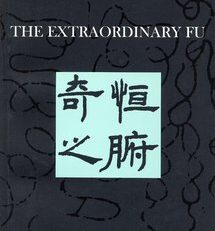
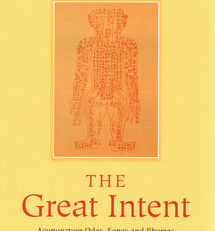
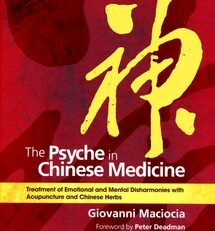
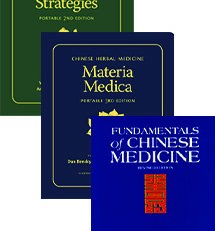
Reviews
There are no reviews yet.